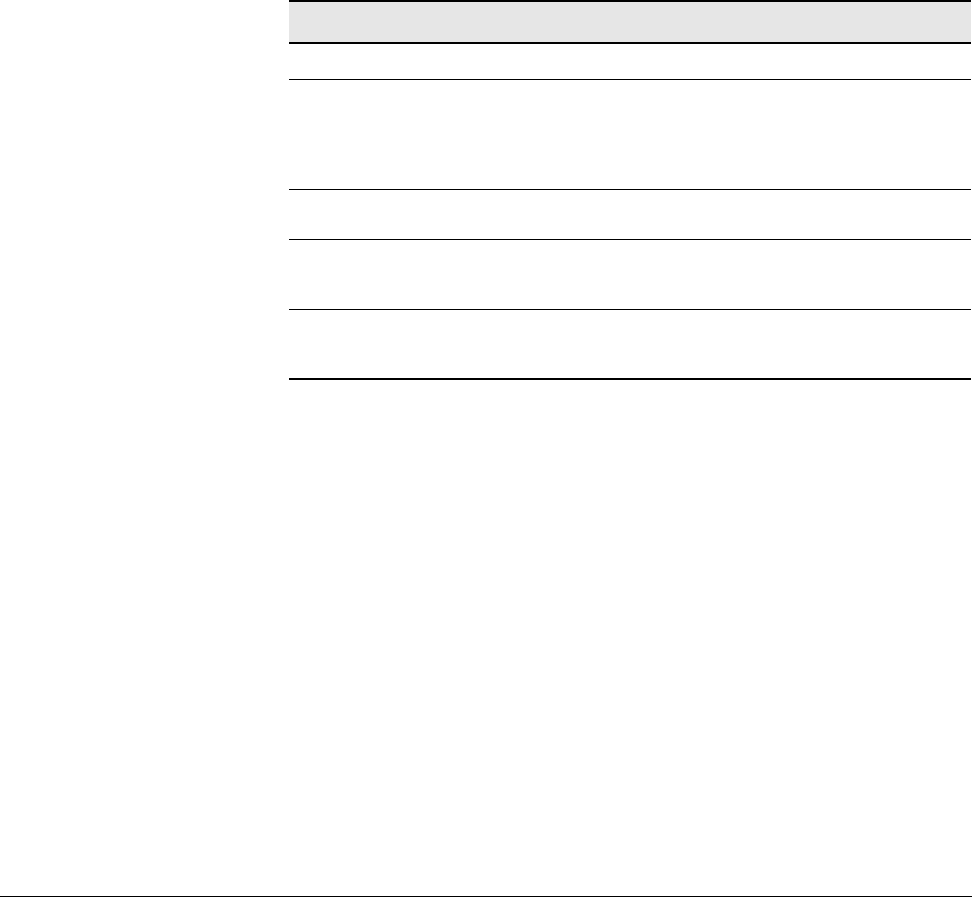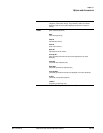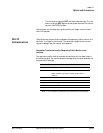
Options and Accessories
REF 1057983 A Respironics V200 Ventilator Operator’s Manual 13-85
Chapter 13
Breath Delivery The Flow-Trak option allows the ventilator to give additional flow to patients
who are not receiving the flows or volumes they desire by monitoring the
pressure during a mandatory or assist breath. If the patient draws more flow or
volume than what has been set, the inhalation pressure drops and Flow-Trak is
initiated. The target pressure during Flow-Trak is 2 cmH
2
O above PEEP. If the
patient’s effort to draw flow or volume drops below the set flows or volumes the
ventilator returns to VCV.
The ventilator cycles to exhalation only if the set tidal volume plus compliance
and BTPS compensation has been delivered (unless HIP has been met). If the
patient effort ceases and set volume has not been met, the breath will
continue to deliver flow until volume has been met.
Table 13-13: Breath Transitions
If the actual I-Time is greater than the calculated I-Time, the next scheduled
mandatory inspiration is postponed to ensure exhalation time.
NOTE: In VCV, the calculated I-Time is based on the set tidal volume, peak flow,
and waveform shape.
Inspiratory Hold Inspiratory hold is only allowed if the actual I-Time is less than or equal to the
calculated I-Time.
Respiratory
Mechanics
The Flow-Trak option affects the following Respiratory Mechanics features.
Flow-Trak Cycling
Condition (following the delivery of set Vt) Response
The delivered flow meets the exhalation flow
threshold. The exhalation threshold is either the flow
trajectory that would have been followed had there not
been a Flow-Trak breath or 25% of measured peak
flow (whichever is larger).
The ventilator transitions to exhalation.
Exhalation effort detected (pressure exceeds 4.5
cmH
2
0 above PEEP).
The ventilator transitions to exhalation.
HIP condition has been met. The alarm sounds and ventilator
transitions to exhalation. See “Alarms”
on page 13-86.
I-Time too long condition has been met. The alarm sounds and ventilator
transitions to exhalation. See “Alarms”
on page 13-86.


















